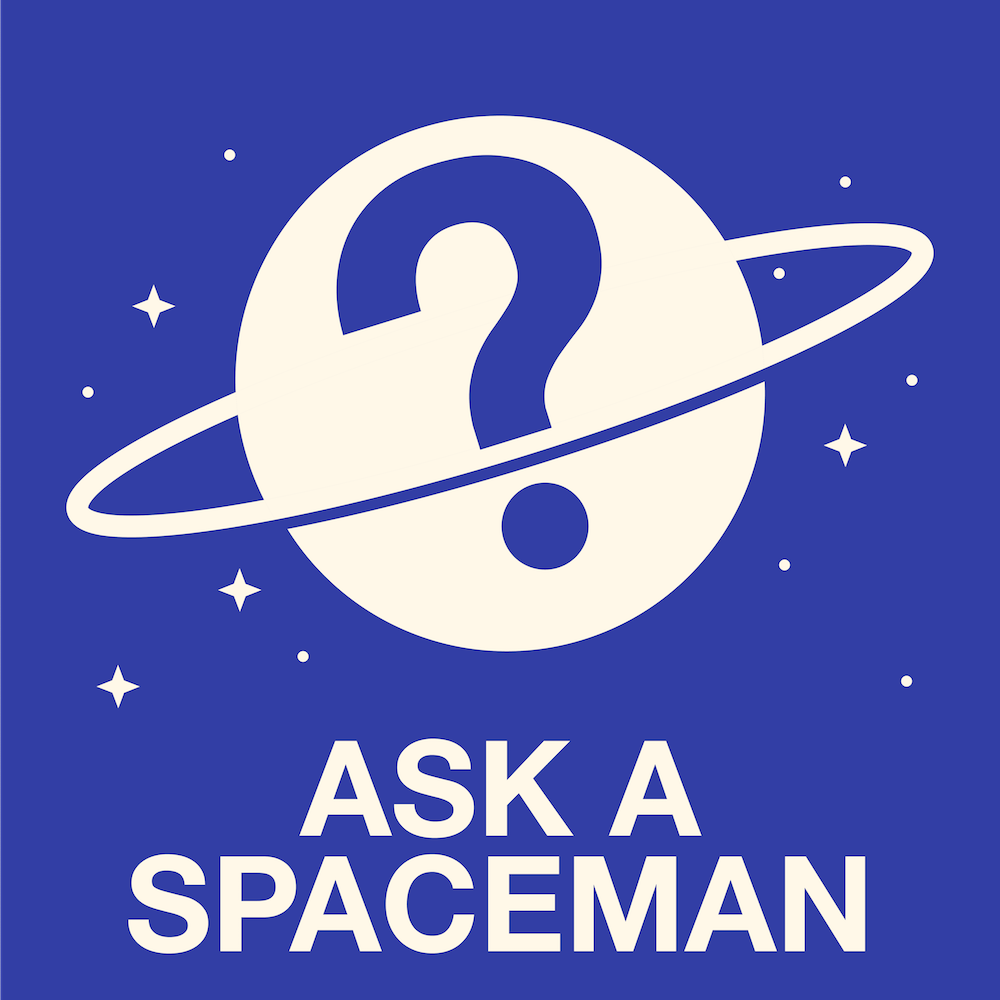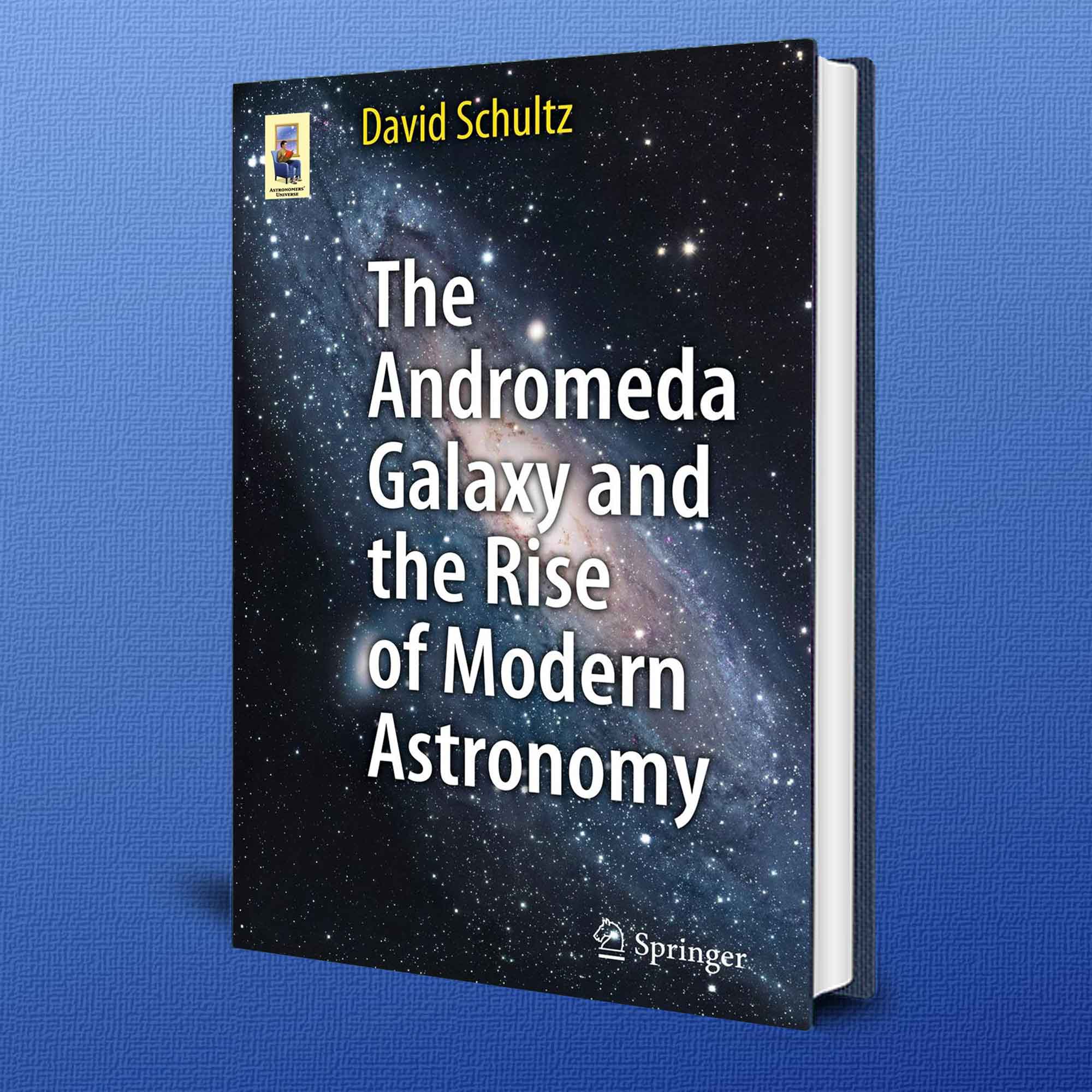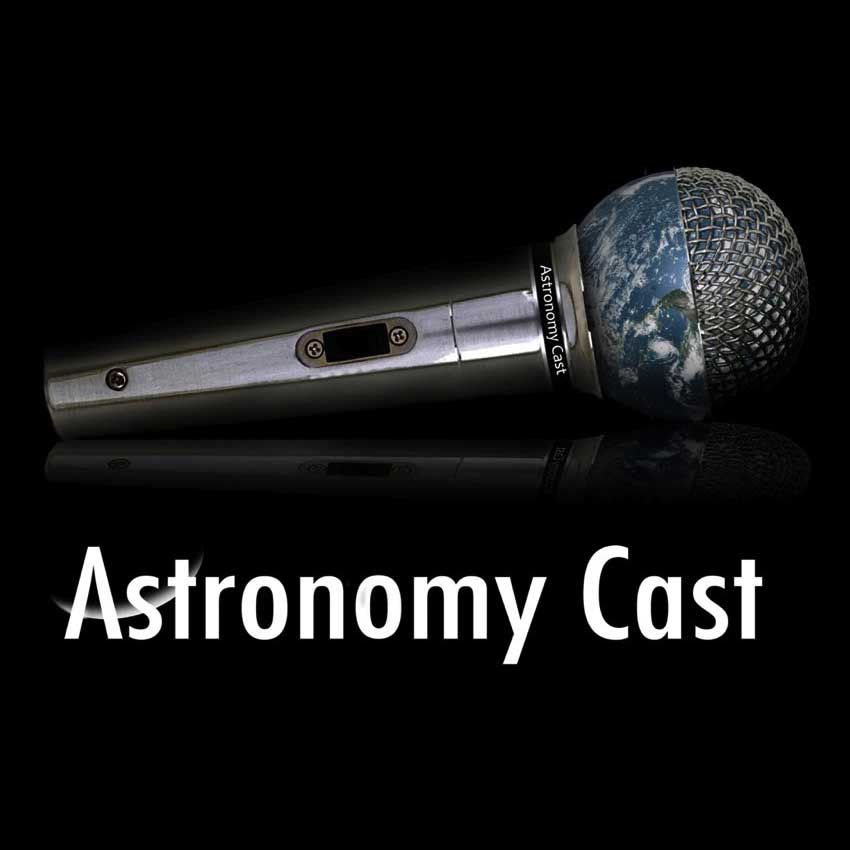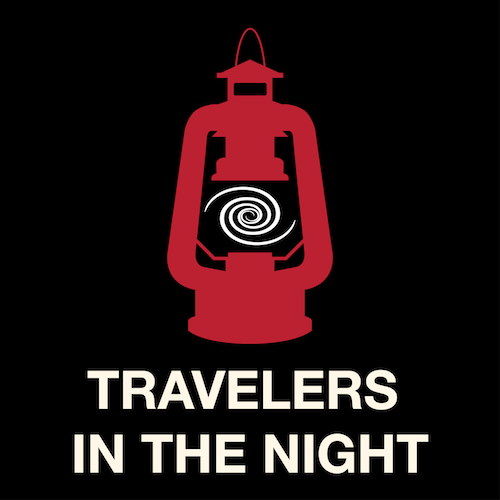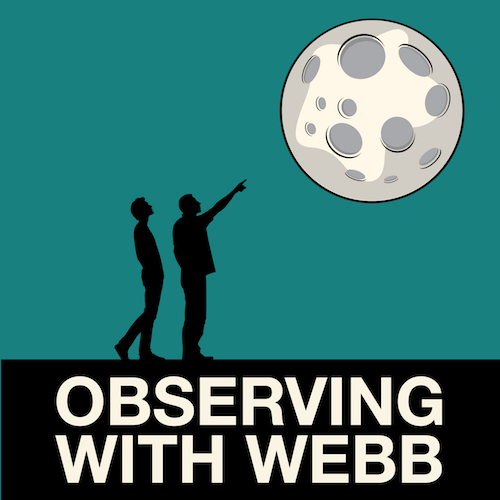Today’s Episode
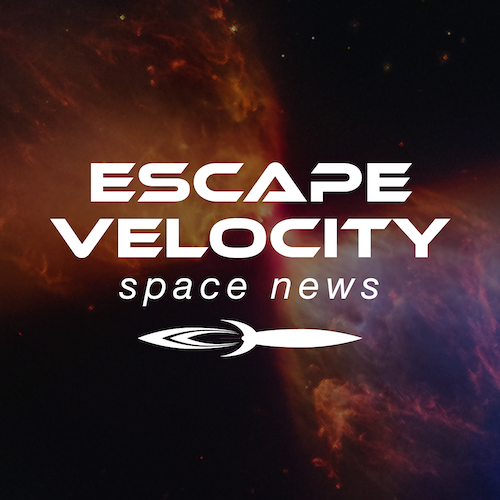
Sep 6th: Quasi-Satellite of Earth Has Lunar-Like Material
Quasi-satellite Kamo’oalewa, which currently orbits the Earth, is similar to a lunar sample collected during the Apollo 14 mission.
Subscribe & Follow
Project Director: Avivah Yamani
Audio Engineer: Richard Drumm
Executive Producer: Pamela L. Gay
Learn more about us on our
Credits and Sponsors page.
We are a community podcast,
bringing you the voices of astronomy & astronomy lovers,
everyday of the year.
More Recent Episodes
Jul 9th: That’s a Big Black Hole!
The biggest black hole ever seen?
What’s the difference between planets and stars? Are particles inside of spacetime? Why can’t we communicate faster than light? @PaulMattSutter will discuss this topic at #365DaysOfAstro
Jul 8th: Andromeda Nebula and the Great Island-Universe Debate.
At the close of the nineteenth century the universe was seen as finite and static. It was composed of one galaxy the Milky Way and Andromeda was merely a nebula attached to it. Yet the work of Henrietta Leavitt and Edwin Hubble challenged this idea. This podcast looks at how the study of Andromeda in the early twentieth century transformed astronomy’s vision of the universe into one that saw it as but one of many galaxies along with the Milky Way in an infinite and growing universe.
Jul 7th: What’s So Cool About the TRAPPIST-1 System?
Why is the TRAPPIST-1 system so fascinating? Is it really habitable? How are we figuring all this out? I discuss these questions and more in today’s Ask a Spaceman!
Jul 6th: Craters
When you think of the Moon, you think of craters. Here you go, the week we drove the show into a crater. Wait… there’s got to be a better way to describe this.
Jul 5th: Dead Comet Dust & Earthly Moon Rock
Today we have story about the Phoenicids meteor shower and moon rock brought back by Apollo 14 astronauts. #365DaysOfAstro #travelersinthenight stories.
Jul 4th: Observing With Webb in July 2020
July is perfect for the amateur and beginner observer! Saturn and Jupiter are visible all night, Venus is easy to spot in the morning, Mars and Mercury offer a challenge for the early risers.


